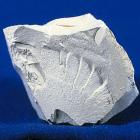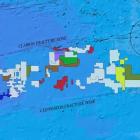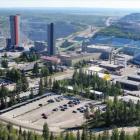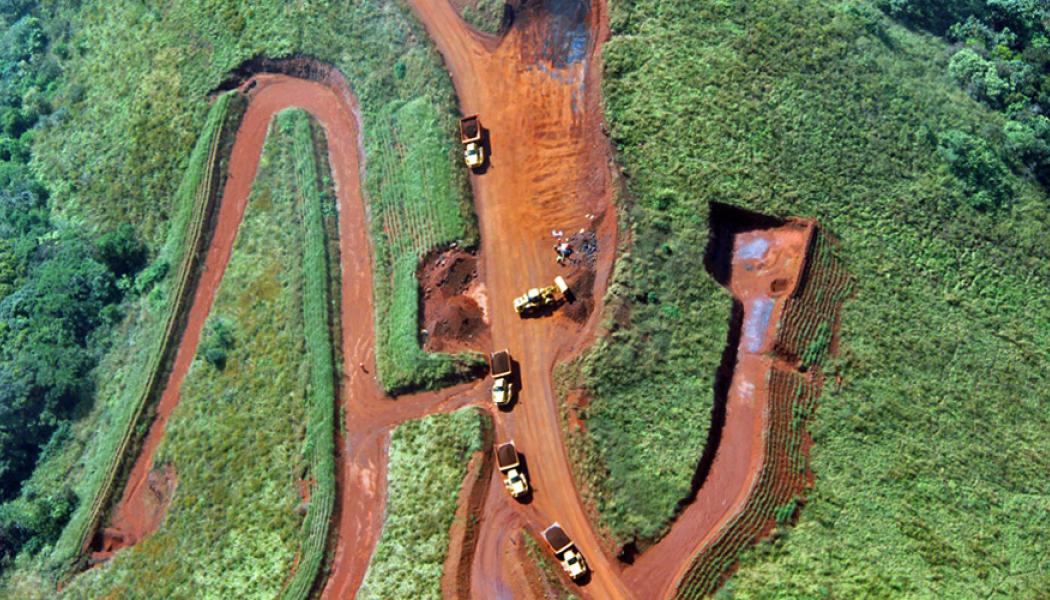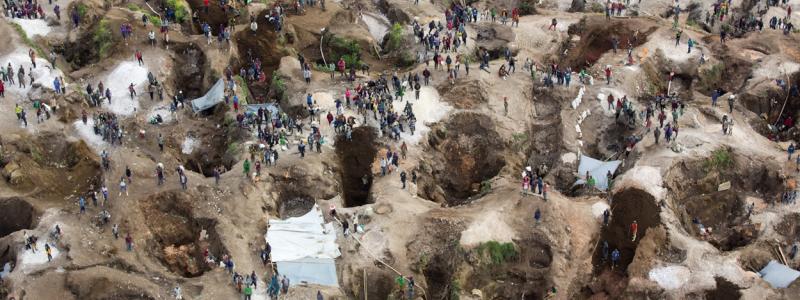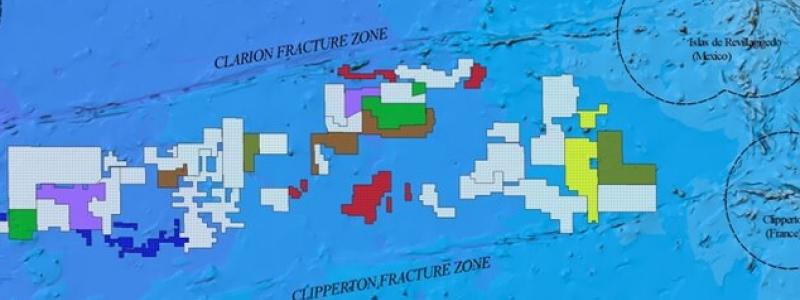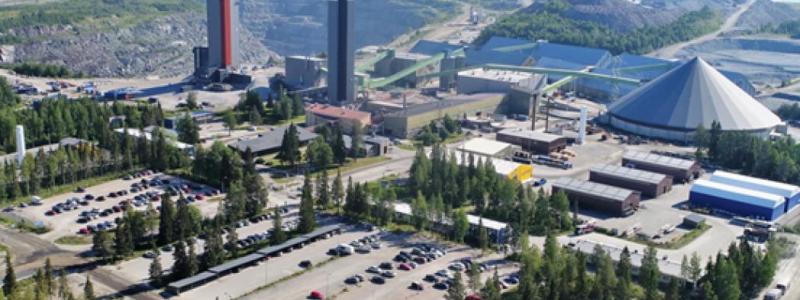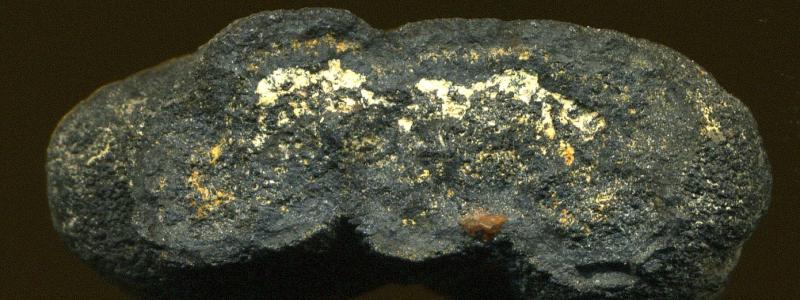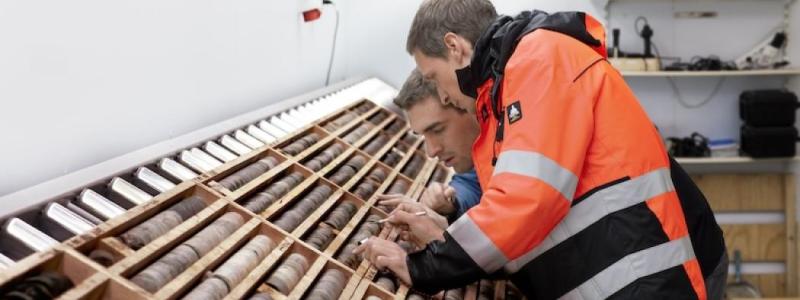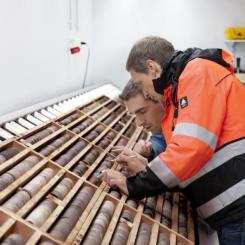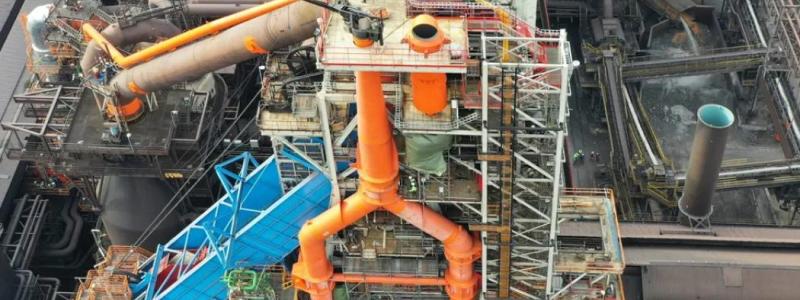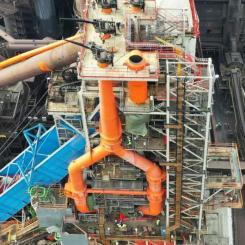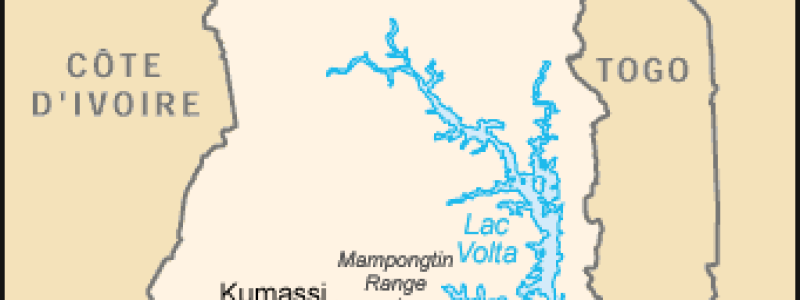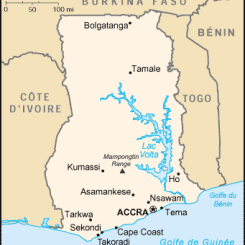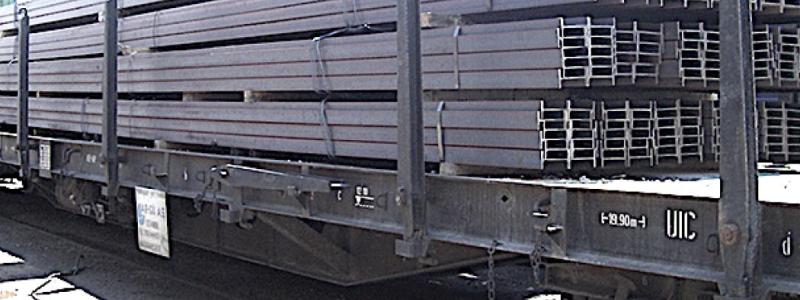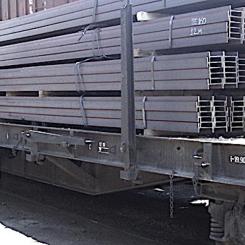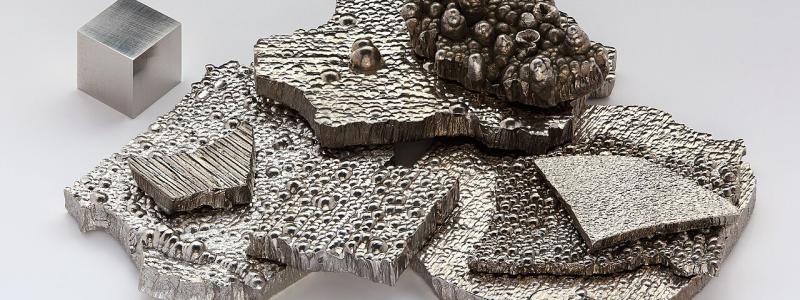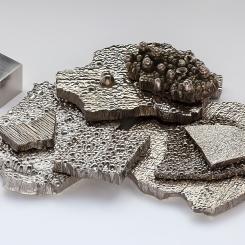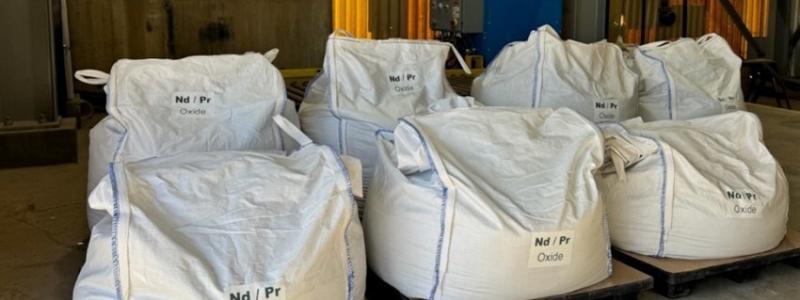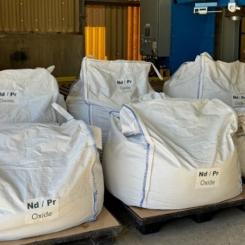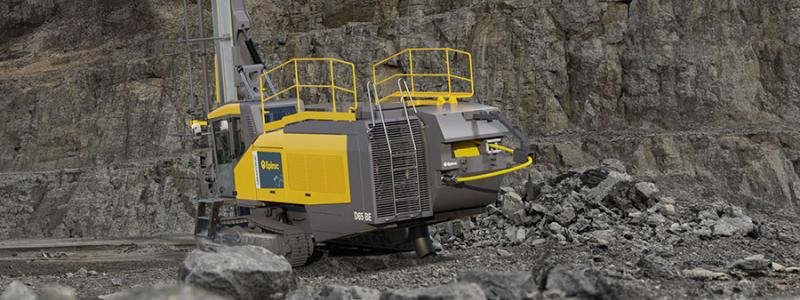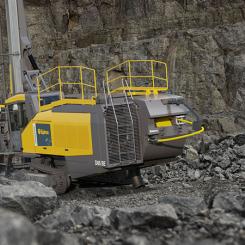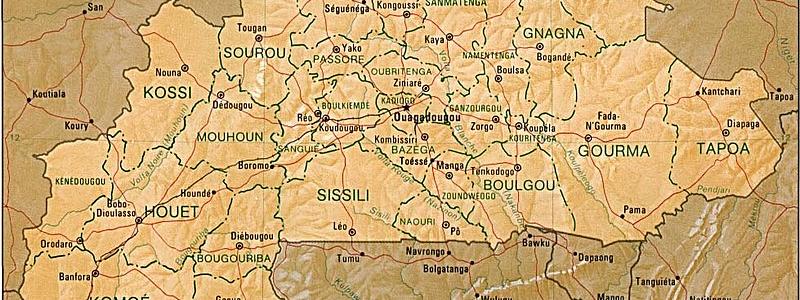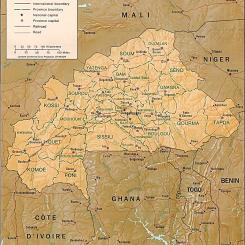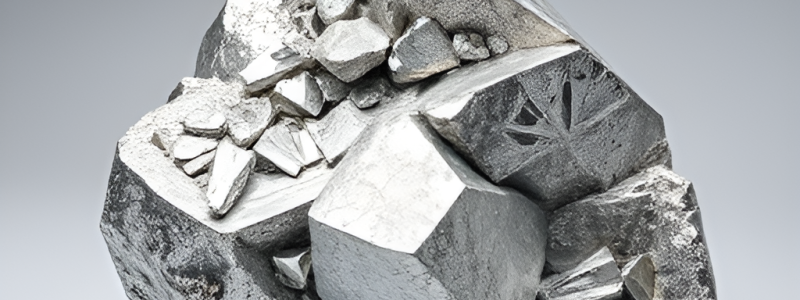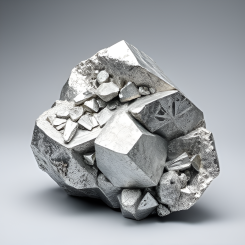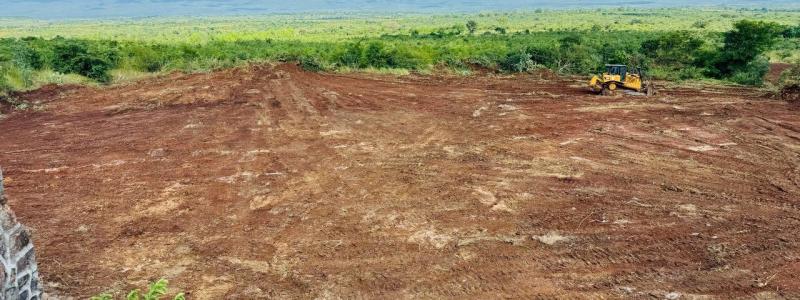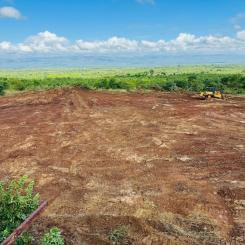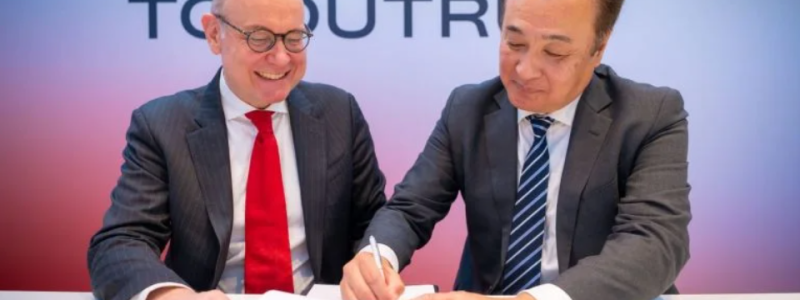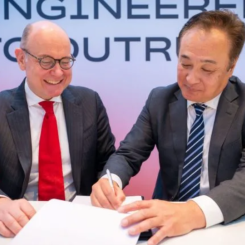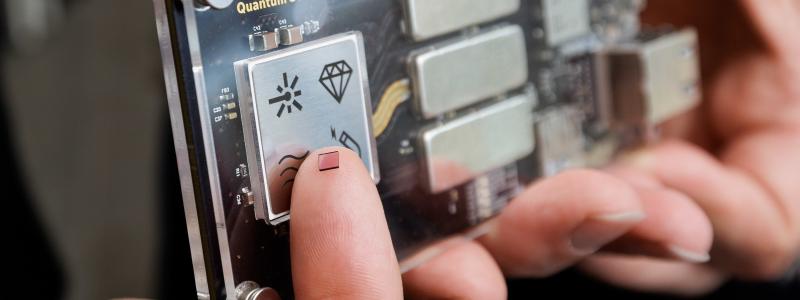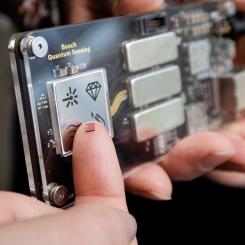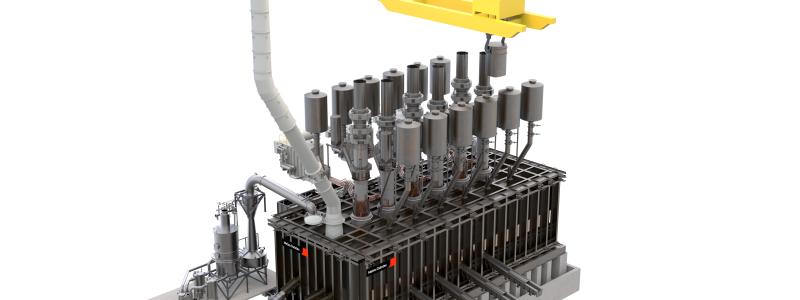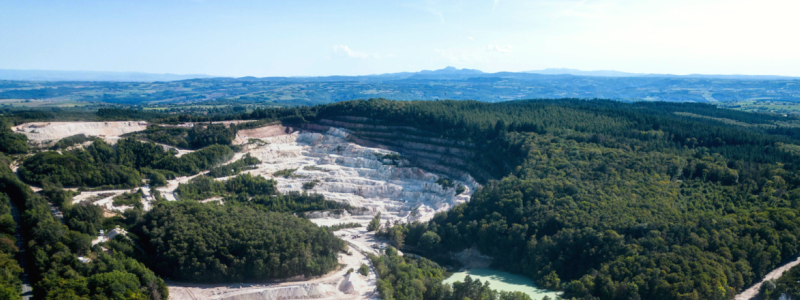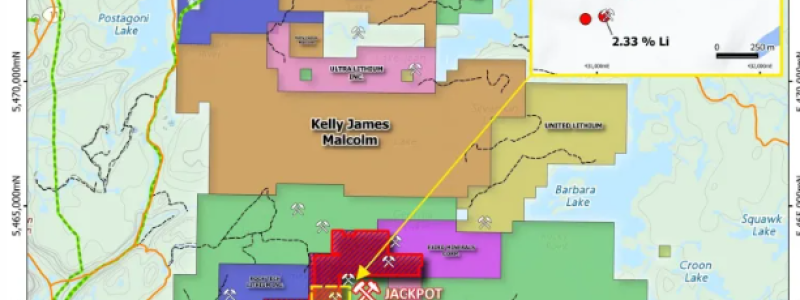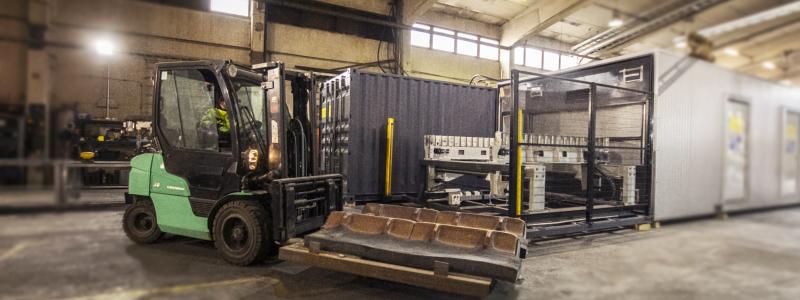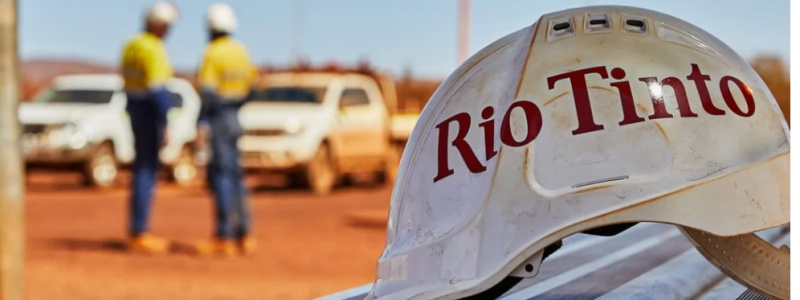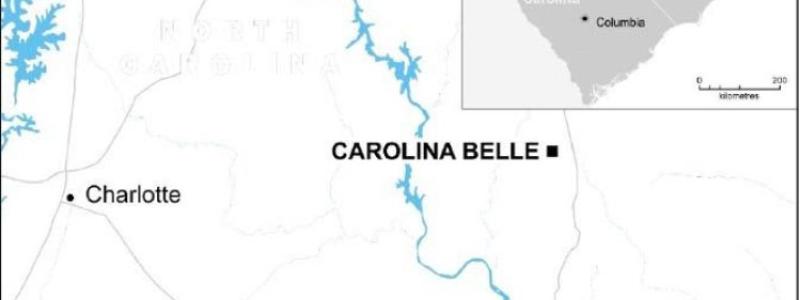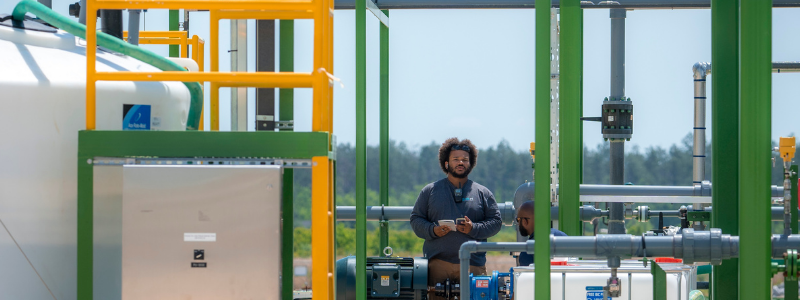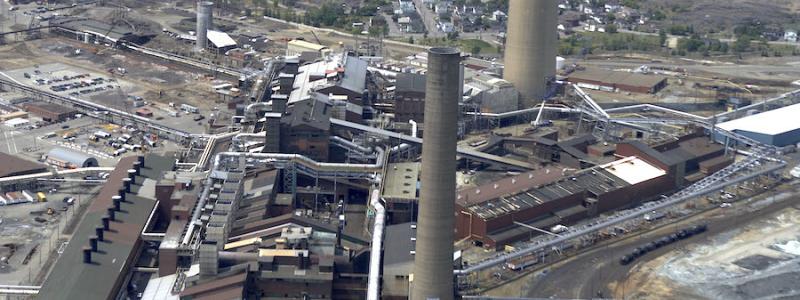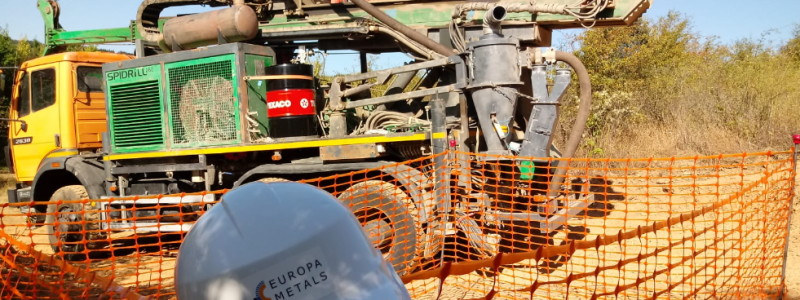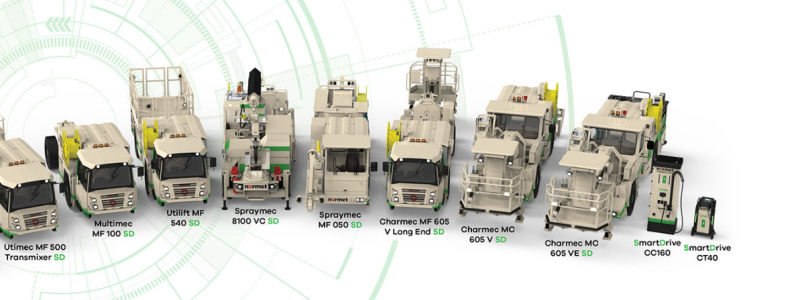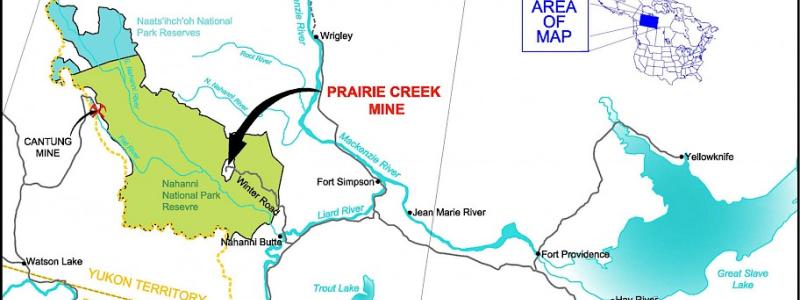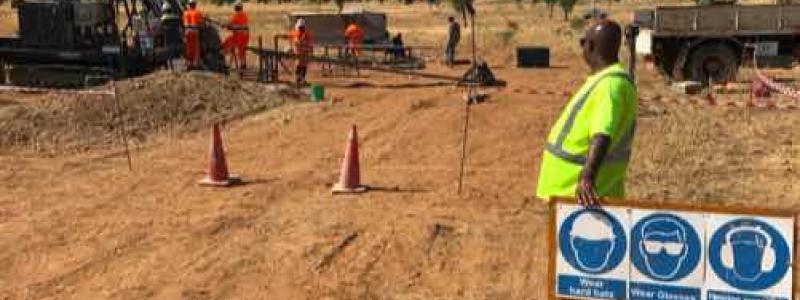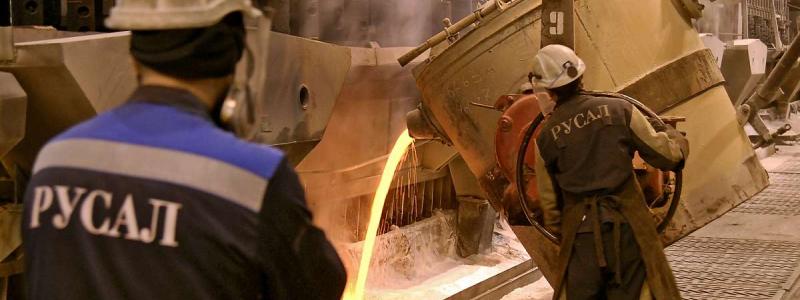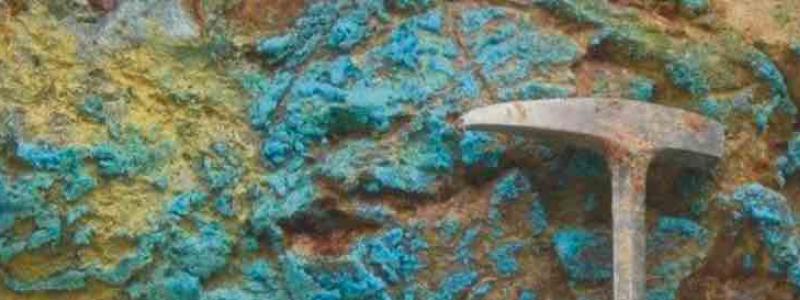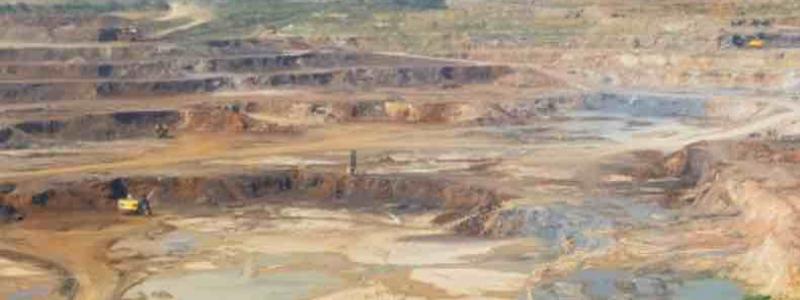Rio Tinto will provide an update today at its Investor Seminar on the world class Simandou iron ore project in Guinea, which is being progressed in partnership with CIOH, a Chinalco-led consortium, Winning Consortium Simandou1 (WCS), Baowu and the Republic of Guinea.
Simandou is the world’s largest untapped high-grade iron ore deposit. The Simfer joint venture’s2 mine concession held an estimated Total Mineral Resource as at 31 December 2022 of 2.8 billion tonnes, of which Rio Tinto is today reporting the conversion of an estimated 1.5 billion tonnes to Ore Reserves that support a mine life of 26 years, with an average grade of 65.3% iron3 and low impurities. Rio Tinto is also reporting Mineral Resources exclusive of Ore Reserves of 1.4 billion tonnes at 66.1% Fe and low impurities.
Rio Tinto estimates that its initial4 share of capital expenditure to develop the Simfer mine and the co-developed rail and port infrastructure project is approximately $6.2 billion5.
Rio Tinto Executive Committee lead for Guinea and Copper Chief Executive Bold Baatar said: “We are continuing to work closely with the Government of Guinea, Chinalco, Baowu and WCS towards full sanction of this world class project by all partners.
“Simandou will deliver a significant new source of high-grade iron ore that will strengthen Rio Tinto’s portfolio for the decarbonisation of the steel industry, along with trans-Guinean rail and port infrastructure that can make a significant contribution to the country’s economic development.”
In what will be the largest greenfield integrated mine and infrastructure investment in Africa, more than 600 kilometres of new multi-use rail together with port facilities will be co-developed by the Republic of Guinea, Simfer and WCS. This will allow the export of up to 120 million tonnes per year of mined iron ore by Simfer and WCS from their respective Simandou mining concessions6 in the southeast of the country.7
The co-developed infrastructure capacity and associated cost will be shared equally between Simfer, which will develop, own and operate a 60 million tonne per year8 mine in blocks 3 and 4 of the Simandou Project, and WCS, which is developing blocks 1 and 2.
Under the co-development arrangement, Simfer and WCS will deliver separate infrastructure scopes to leverage expertise9. Simfer will construct the approximately 70 km Simfer spur rail line and a 60 million tonne per year transhipment vessel (TSV) port, while WCS will construct the dual track approximately 536 km main rail line, the approximately 16km WCS spur rail line and a 60 million tonne per year barge wharf.
Once complete, all co-developed infrastructure and rolling stock will be transferred to and operated by the Compagnie du Transguinéen (CTG) joint venture, in which Simfer and WCS each hold a 42.5% equity stake and the Guinean State a 15% equity stake10.
First production from the Simfer mine is expected in 2025, ramping up over 30 months to an annualised capacity of 60 million tonnes per year (27 million tonnes Rio Tinto share). The mine will initially deliver a single fines product before transitioning to a dual fines product of blast furnace and direct reduction ready ore.


